The Variable Valve Timing (VVT) solenoid is a crucial component in modern internal combustion engines. It plays a vital role in optimizing engine performance, fuel efficiency, and emissions control. However, like any mechanical device, the VVT solenoid can fail over time, leading to various issues that can affect your vehicle’s performance. Understanding the symptoms of a bad oil control valve can help you identify problems early and take the necessary steps to ensure your engine operates smoothly. In this article, we’ll explore five common symptoms that indicate a faulty VVT solenoid.
Understanding the VVT Solenoid
What is a VVT Solenoid?
The VVT solenoid is an electronic component that regulates the flow of oil to the VVT system. Variable valve timing technologies allow engine timing to adjust based on various factors, including engine speed and load. This adjustment helps improve performance across a range of driving conditions by optimizing valve lift and timing.
The VVT solenoid works by receiving signals from the engine control unit (ECU). When the ECU determines that the timing needs adjustment, it sends a signal to the solenoid, which controls the oil flow to the VVT system. This process adjusts the camshaft position, allowing for better efficiency and performance.
Importance of the VVT Solenoid
The VVT solenoid plays a vital role in enhancing engine performance. By allowing for optimal timing adjustments, it contributes to improved throttle response and enhanced power output. Furthermore, it helps reduce emissions by enabling more complete combustion. A well-functioning VVT solenoid is essential for maintaining fuel efficiency and overall engine health.
When the VVT solenoid fails, it can lead to a variety of performance issues. That makes understanding the symptoms of a malfunctioning solenoid critical. Catching problems early can save you time and money and keep your vehicle running optimally.
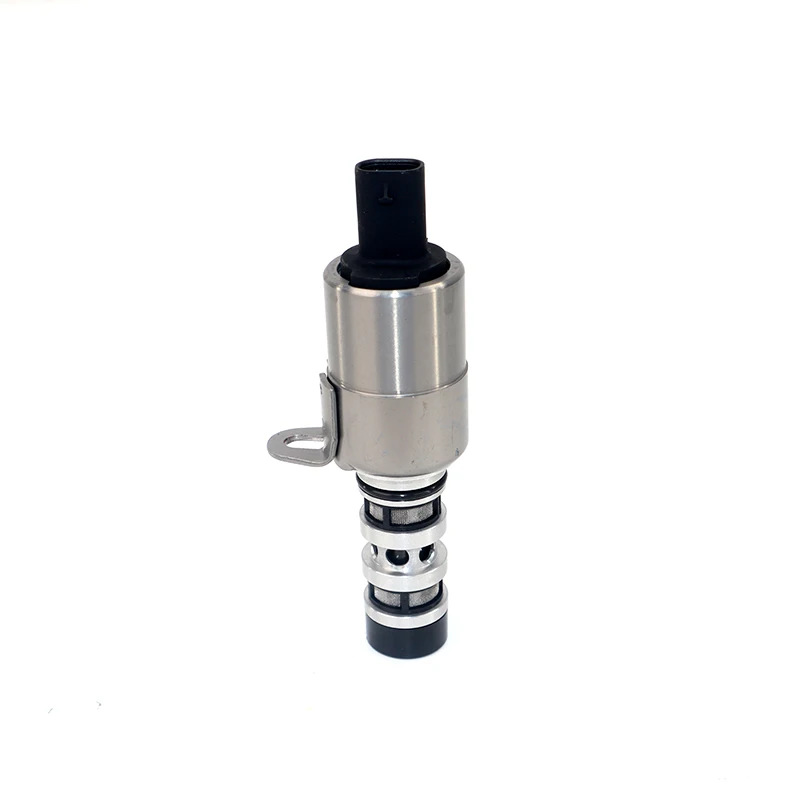
Symptoms of a Bad Oil Control Valve
1. Warning Light on the Dashboard
One of the first signs that your VVT solenoid may be failing is the illumination of a warning light on your dashboard. Most vehicles equipped with an onboard diagnostic system will trigger the check engine light if the ECU detects an issue with the VVT system. This is your vehicle’s way of communicating that there is a problem that needs attention.
If you notice that the check engine light is on, it is essential to have your vehicle inspected by a qualified mechanic. They can use a diagnostic tool to read the error codes stored in the ECU. These codes will provide valuable information about whether the VVT solenoid or another component is at fault. Ignoring this warning can lead to more severe issues down the line, so it should not be dismissed.
2. Decreased Engine Performance
Another common symptom of a bad VVT solenoid is decreased engine performance. If you find that your vehicle lacks power during acceleration or struggles to maintain speed, it may be due to the solenoid’s malfunction. When the VVT system is not operating correctly, the engine may not achieve optimal timing adjustments. This can lead to sluggish acceleration and poor overall performance.
Additionally, if your engine feels uneven or rough, this can also be a symptom of a failing VVT solenoid. Inconsistent valve timing can cause misfires and lead to vibrations during operation. If you notice any significant changes in your vehicle’s performance, you should take the time to have it checked. Addressing performance issues sooner rather than later can prevent further damage to your engine.
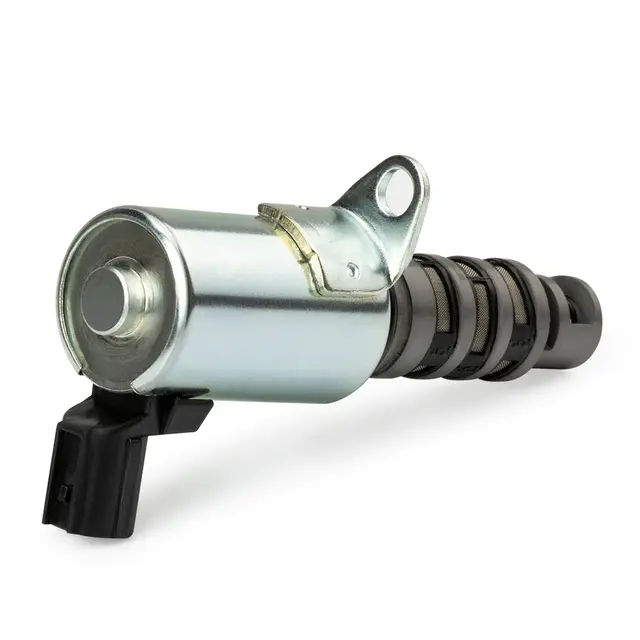
3. Poor Fuel Efficiency
A faulty VVT solenoid can significantly affect your vehicle’s fuel efficiency. If your car consumes more fuel than it used to, it could be a sign that the VVT system is not functioning correctly. When the solenoid fails, the engine may not be able to adjust the timing properly. This misalignment can result in incomplete combustion, which ultimately reduces fuel efficiency.
If you notice that you are filling up your gas tank more often than usual, it might be worth considering an inspection of the VVT solenoid. Poor fuel efficiency can lead to higher operating costs and should be addressed promptly. A thorough diagnosis can reveal whether the solenoid is to blame or if another issue may be affecting fuel consumption.
4. Rough Idle or Stalling
A rough idle or stalling can also indicate a problem with the VVT solenoid. If your engine idles irregularly or seems to struggle to maintain a stable RPM, it could be due to the solenoid’s failure to regulate oil flow to the VVT system. An unstable idle can be caused by imprecise valve timing, which affects the engine’s overall performance.
In more severe cases, a malfunctioning VVT solenoid could cause the engine to stall completely. This is a significant safety concern, as a sudden loss of power can put you at risk, especially in traffic. If your vehicle is experiencing rough idling or stalling problems, it is crucial to seek professional help immediately.
5. Oil Leaks or Contamination
A less obvious but critical symptom of a bad VVT solenoid is the presence of oil leaks or contamination. If the solenoid or its associated gaskets become damaged, oil may leak from the system. You may notice oil pooling under your vehicle or a burning oil smell while driving.
Additionally, if you regularly check your engine oil, you may notice unusual contamination or sludge in the oil. This can result from improper functioning of the VVT solenoid, leading to the mixing of oil with debris or contaminants. If you discover any oil leaks or unusual oil quality, it is essential to address the issue promptly. Ignoring this symptom could lead to more severe engine problems over time.
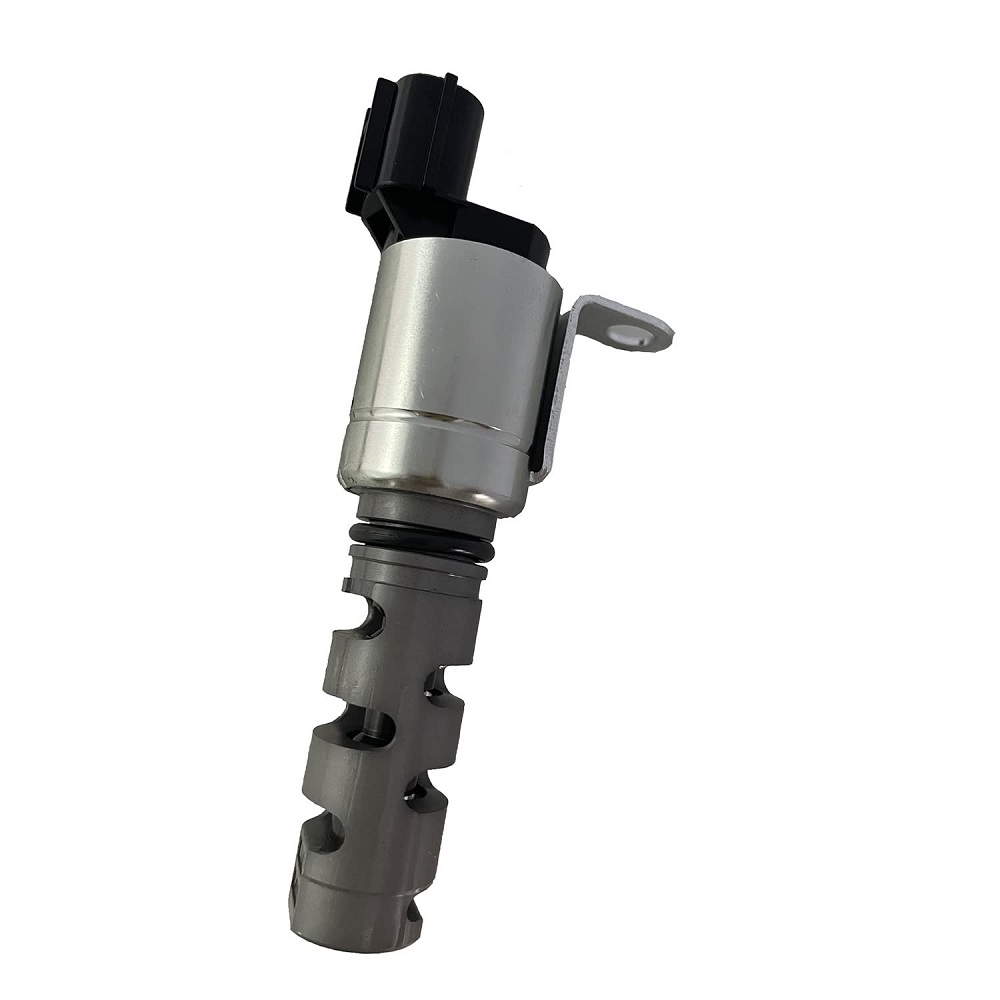
Diagnosing the Problem
Performing Visual Inspections
If you suspect that your VVT solenoid is malfunctioning, one of the first steps is conducting a visual inspection. Start by checking for any visible signs of oil leaks or damage around the solenoid. Look for pooling oil or signs of wear on the gaskets and connectors. Examining these components can provide valuable clues about whether the solenoid is functioning properly.
Additionally, check for any exposed wiring or corrosion in the electrical connections. Damaged wiring can disrupt the solenoid’s operation and should be addressed immediately. Conducting a thorough visual inspection can help you pinpoint potential issues and determine if further diagnostics are necessary.
Using Diagnostic Tools
For a more accurate assessment, consider using diagnostic tools to check for error codes related to the VVT system. A mechanic can connect an OBD-II scanner to your vehicle’s diagnostic port. The scanner reads any trouble codes stored in the ECU, helping to identify if the VVT solenoid is the problem.
This diagnostic process can also reveal if there are other related issues that may need attention. Once you have received a detailed report from the diagnostic tool, you can better understand the root cause of the problem. This information is essential for determining the necessary repairs or replacements.
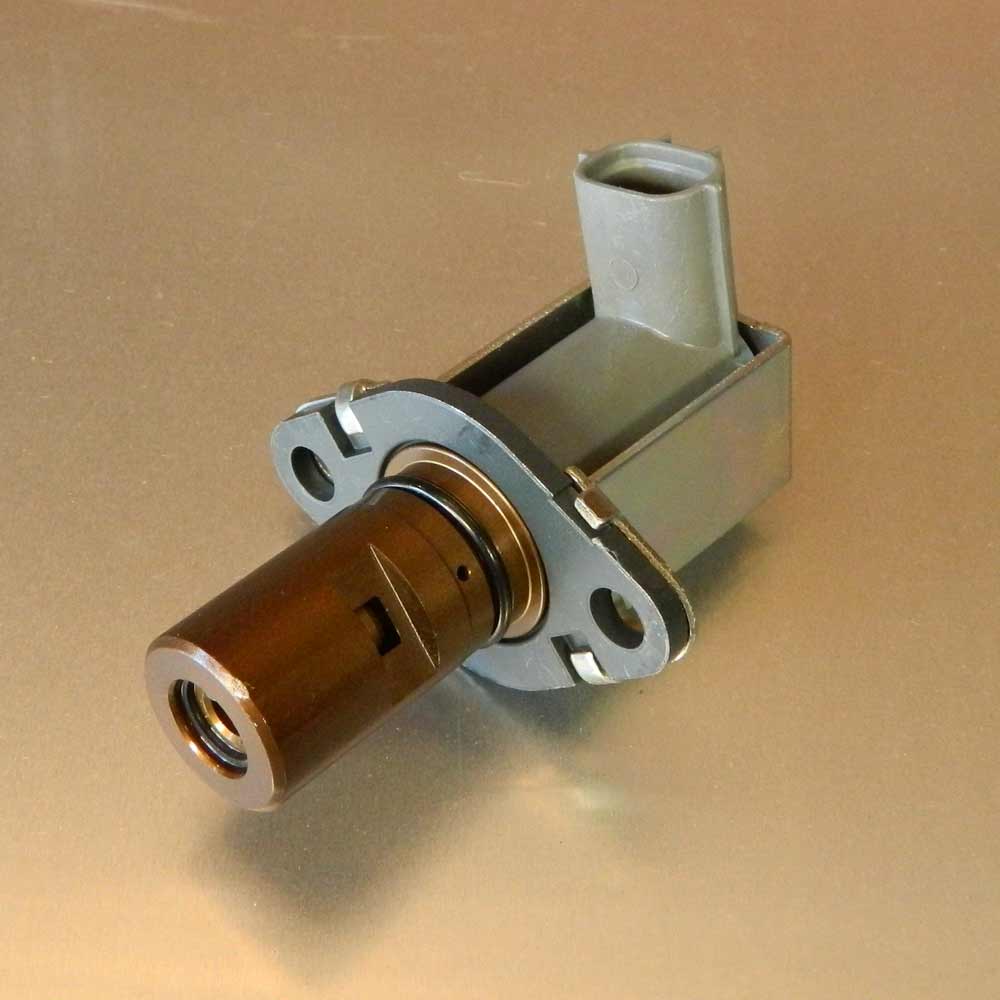
The Importance of Timely Repairs
Safety Considerations
Ignoring the symptoms of a failing VVT solenoid can lead to serious safety concerns. Poor engine performance, rough idling, and stalling create hazardous driving conditions. These issues can reduce your vehicle’s responsiveness and increase the likelihood of accidents.
Taking immediate action when experiencing any of these symptoms is crucial for your safety and that of others on the road. By addressing the issues quickly, you can help ensure that your vehicle remains reliable and safe to drive.
Cost of Delayed Repairs
Delaying repairs for a malfunctioning VVT solenoid can lead to increased repair costs in the long run. A small issue can quickly escalate into something more severe if not addressed promptly. For example, a failing solenoid can cause additional stress on other engine components. The combined damage may require more extensive repairs or even engine replacement.
Early intervention not only saves you money but also extends the lifespan of your engine. Investing in timely repairs allows for better performance and reliability, making it a more cost-effective option in the long run.
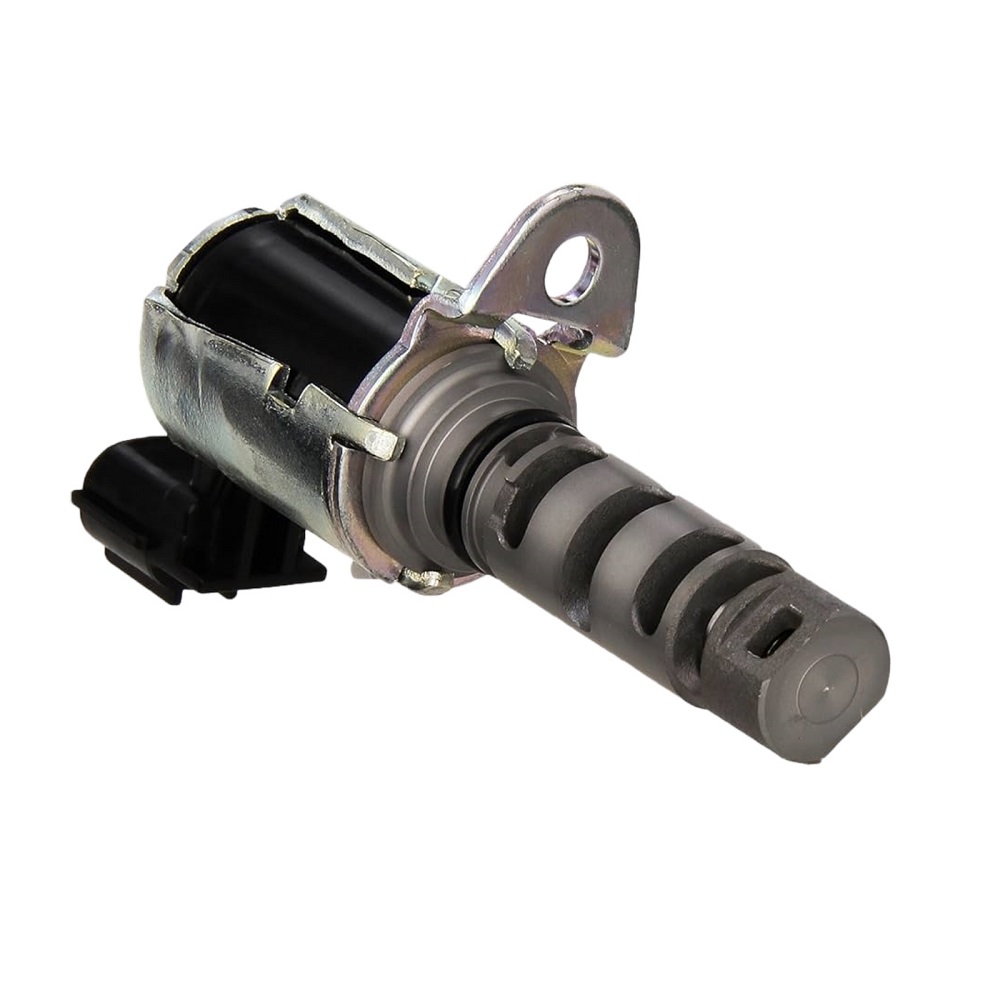
Preventative Measures
Regular Maintenance
To prevent issues with the VVT solenoid, regular vehicle maintenance is essential. Schedule routine oil changes and ensure that high-quality oil is used. Old or contaminated oil can affect the solenoid’s performance and lead to premature failure.
Additionally, having your vehicle inspected regularly allows mechanics to catch potential issues before they escalate. During these inspections, ask your mechanic to examine the VVT system for wear or damage, including the solenoid. Proactive maintenance is one of the best ways to keep your vehicle running smoothly and avoid unexpected repairs.
Installing a Quality Replacement
If you find that your VVT solenoid needs replacing, make sure to choose a high-quality part. OEM (Original Equipment Manufacturer) parts may be the best choice, as they are designed to meet the same specifications as the original components. Using high-quality replacements will ensure compatibility and longevity.
Avoiding aftermarket or cheap parts can save you money upfront, but they may not offer the same reliability. Investing in quality replacement parts will help safeguard against future failures and ensure that your VVT system operates effectively.
Conclusion
Key Takeaways
The VVT solenoid plays a significant role in enhancing vehicle performance and efficiency. Recognizing the five key symptoms of a failing oil control valve can help you take timely action. Watch for warning lights, decreased performance, poor fuel efficiency, rough idling, and potential oil leaks.
If you notice any of these symptoms, it is crucial to seek professional help promptly. Early diagnosis and repair can prevent more severe issues and ensure your vehicle operates smoothly.
Prioritize Vehicle Health
In conclusion, maintaining a healthy VVT solenoid is essential for optimal engine performance. Understanding the importance of this component and recognizing its warning signs can save you time, money, and stress. Regular maintenance, timely repairs, and quality replacements will keep your vehicle in top condition. By prioritizing your vehicle’s health, you can enjoy a safer, more efficient driving experience for years to come.
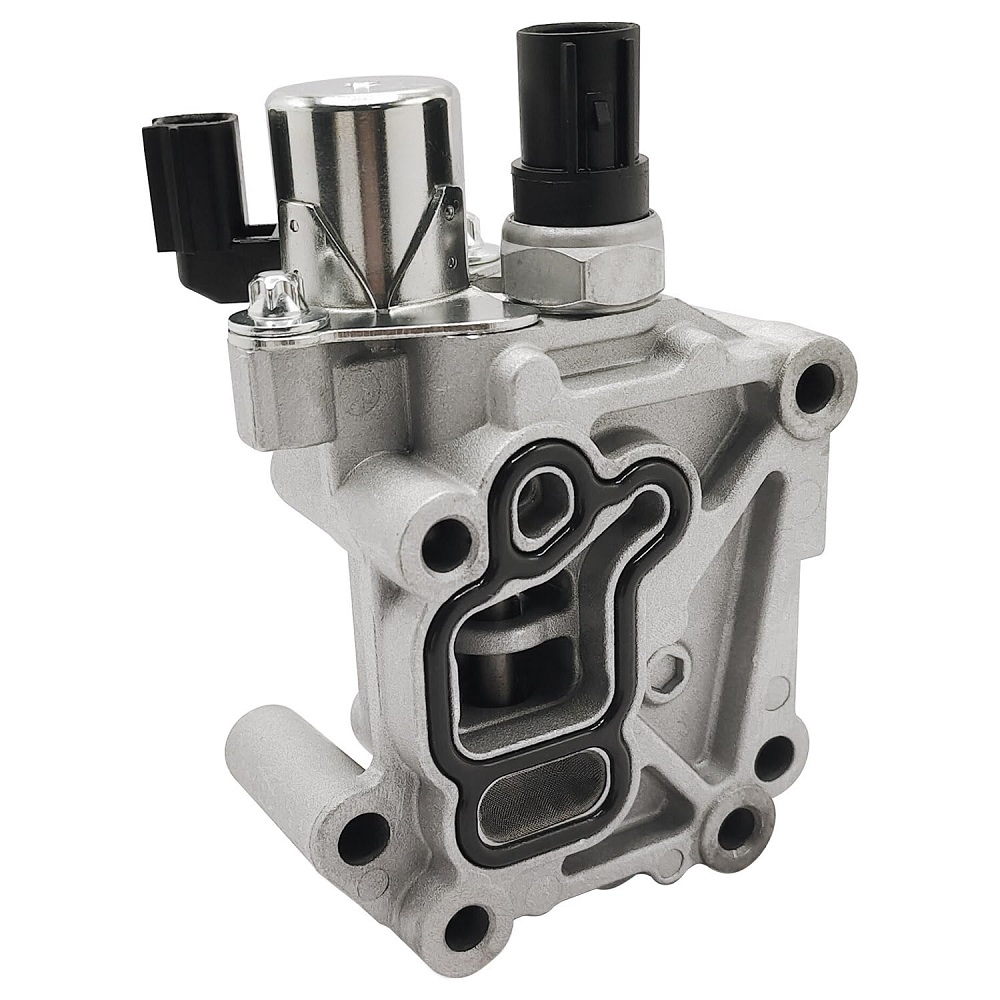
Leave a Reply